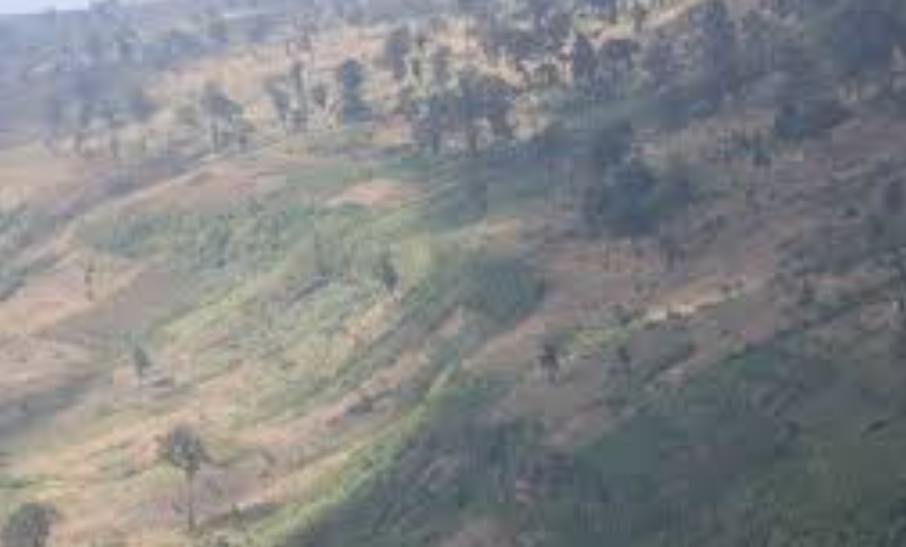
Governments across the globe have been urged to raise forests conservation high on the political agenda.
More than 3,000 participants made the appeal from 145 countries during a meeting convened by the Centre for International Forestry Research and World Agroforestry (CIFOR-ICRAF) and the Global Landscapes Forum (GLF) allies in Bonn, Germany, and online, on April 24-25.
The event brought together forest scientists and allies to shape the next decade of forest action ahead of UN Climate COP30.
Robert Nasi, director of science
at CIFOR-ICRAF, said if deforestation ended and 350 million hectares (865
million acres) of tropical forests were restored, 100,000 jobs would be created
and ecosystem services worth $170 billion would be generated per year.
“To achieve that, we’ll need a radical shift away from our current economic model, including a just transition towards an economy that properly values nature.”
CIFOR-ICRAF unveiled the results of a 15-year study on the UN’s REDD+ framework, which aims to tackle deforestation and forest degradation in the Global South countries by paying them for the avoided emissions.
“REDD+ has encouraged countries to
become better in forest monitoring,” said Christopher Martius, CIFOR-ICRAF’s
senior adviser for climate change, energy and low-emission development.
He said 100 countries were rated ‘good’ to ‘very good’ in forest monitoring in 2020, compared to just 55 in 2005.
“There is selective reporting and weak reference levels, which undermines trust and the integrity of the data,” Martius said.
“We also see methodological problems, and many key elements were omitted from the REDD+ framework, either on purpose or to not impinge too much on national sovereignty.”
Despite these limitations, as well as “entrenched power imbalances and vested interests”, Martius believes REDD+ remains a vital tool for climate finance that we can take plenty of important lessons from.
“Paying countries to keep forests standing was not as simple as first thought, and those mechanisms have taken time to develop,” he said.
Martius said the Amazon forest generates rain that falls in the southern United States, northern Argentina and São Paulo state, boosting agriculture.
“If we lose forests, we’ll have remote effects that we may not even be thinking about right now. That’s why we need a holistic view for forests.”
Daniele Violetti, senior director and programmes coordinator at the United Nations Framework Convention on Climate Change, said countries have the potential to use that to mitigate and adapt to climate change, protect biodiversity and support sustainable livelihoods.
This is by integrating ambitious forest-related targets within the nationally determined contributions, Violetti said.
Kate Dooley, Land Gap Report lead author and senior research fellow at the University of Melbourne, said climate mitigation pledges should be developed in synergy or in conjunction with adaptation pledges because mitigation and adaptation should look like the same thing in the land sector.
Hermine Kleyman, the Forest Practice at World Wide Fund International head of policy, said if deforestation were a country, it would be the fourth largest emitter after the US, China and India.
“Scientists estimate that the Amazon tipping point could be triggered if 20-25 per cent of the forest is lost. Alarmingly, about 17-18 per cent has already been lost. A collapse would mean heat waves, crop failures, water shortages and health risks for people across the continent and beyond.”
Experts said artificial intelligence is proving a formidable weapon against deforestation.
“We all probably already use ChatGPT, and with the new agentic AI, there is so much more we can do to query data,” said Fred Stolle, director of impact for the Land and Carbon Lab at the World Resources Institute.
“Soon, you could just type in, 'how
much tree cover loss was there in Congo?’ or ‘how much was there in my
district?’ You don’t have to be a spatial analyst anymore to have this data at
your fingertips.”











